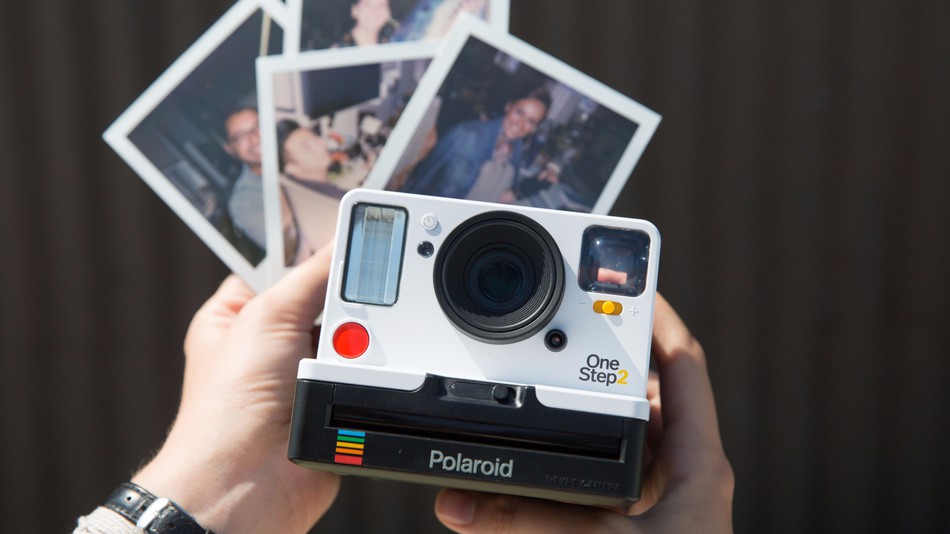
For the generation who grew up engaging and learning online, the digitally enabled world is as real as the physical one.
Previous generations had their adolescence grounded 90% in face-to-face physical: leaving just 10% for connecting remotely. That said, endless phone calls to best friends, after being wrenched from a day’s worth of face-to-face, was nothing new. Nor were the complaints from parents who could never figure what was left to still talk about!
Post digital consciousness is therefore the point at which reality is evenly spread across both physical and virtual. And indeed carbon and silicon.
All modes become deeply merged. AR and the more immersive VR are today’s cocktail that mix both worlds. Beyond this we can only imagine. For me the capabilities and challenges explored in the anime series Ghost in the Shell: Stand Alone Complex does a pretty good job exploring post digital consciousness in 2030.
In this future yet recognisable world, things are seldom as they seem. Cyber replacement extends human capabilities. Sensory enhancement is the norm. Consciousness no longer requires a human body to exist. At the extreme, consciousness inhabits and travels the global net.
Of course that’s all a bit crazy. But science fiction projects forwards the seeds of current possibilities which are then harvested as inspiration for invention. Alexa was inspired by Star Trek so they say.
And right now the brightest minds of the day, Musk, Hawkins et al are demanding rapid regulation before AI is weaponised and falls into the wrong hands. And there are plenty of those in both official and unofficial power these days. So they have a point.
Unfortunately the direction of travel is already set. Ever since the first cave painting and tribal folklore, humans have been bucking the consequences of time and the limitations of space in order to talk across the ages and see what’s round the next bend in space.
We defy gravity each time we fly. We are about to defy what has made us human thus far.
The Story To Date
The grand commentators of our times – McKinsey, Deloittes, MIT Sloan, Accenture etc are both scriptwriters and directors of the transformation plays they concoct for the wealthy patrons of their services. They act as a 21st century Pepys for the rest of us to observe the changing fashions of society. The topic du jour is of course digital. And as with every brand new fashion everyone simply must have one or risk being ostracised.
They write the chapters of digital transformation and rehearse their clients in how to bring the ideas to life. Every so often they report like headmasters on progress. As of 2018, most remain in the ‘could do better’ apart from some precocious talent leading the pack. These are the ‘always day one‘ organisations that like classic film stars refuse to succumb to age and remain hovering in their own zeitgeist: consistently brilliant, pulling new stuff out of the void.
The rest have clay feet. They still have the floors up as digital plumbers continue to turn a jumble of dead ends into something that hums with the intelligence required to lock onto ‘real time’ and start fishing for digital footprints. To be fair, there are a few giants attempting to be nimble with their innovation centres and hackathon cultures.
Even so, the world outside continues to accelerate away from what it used to be.
- It used to be screens with touch and type. It’s becoming an invisible, ubiquitous presence summoned by voice and gesture.
- It used to be human judgement. Now it’s the prescriptive calculation of a data hungry algorithm that tells us the best way to fix our bodies, lovelife and bank balances.
- Cars used to stay on the ground and have drivers. Blade Runner style sky taxis are now a Chinese lifestyle choice.
Such is the momentum of this new magic that even the 1% who own the 98% can unjustifiably hope for immortality.
What’s A Post Digital Human?
Of course there is always a price to pay when human experience is heightened and accelerated. Ask the hippies! But now whole societies burn the candle at both ends. What does too much digital do to us? Facebook might be sheepishly wondering out loud but for you and I what does a loss of time and privacy do to our inner lives?
Constant noise. Everything real time. Ironically no space. I recently saw an old Pickard led Star Trek episode. They were suffering a no REM sleep threat and rapidly going insane as a result. Is today’s polarisation of political tribes part of that disease?
Digital has enabled cyber theft and fake news. The question of what’s real gets under the skin. Apparently 30% of Millennials spy on each other’s digital correspondence. Gen Z prefer anonymised Instagram IDs.
Of course all this might just be the fun of the fair seen through older eyes. Yes it’s crazy but that’s what millenarianism does to you. Humans are infinitely adaptable. We might all be on a digital rush, but that does not mean we aren’t instinctively self correcting.
Flipping sides, I have noticed the reintroduction of paperbacks on London underground commutes. Kindles are fine, but the feel and flickability of paper still draws many.
Only 9 years ago Polaroid was going bankrupt. Now it’s been reborn under the Impossible Project brand. Here is the second camera they have launched. The reviewer describes it as ‘a pure analog experience. The OneStep 2 doesn’t have any digital connectivity and it’s a better product because of it.’

Maybe part of the fusion of living physical and digital lives is to choose the superior version for the moment at hand.
My sister’s son runs Quit Your Job record label in Bristol UK. At a recent end of year family gathering during an after lunch walk he worked the rest of the ‘seniors’ for any tape recorders left in storage he might appropriate.
He explained that while rival labels simply offered them as a kind of retro gimmick, he was going all the way and was actually issuing his latest bands on tape! That’s trending towards radical for someone born digital.

So is this just an arc of self correcting behaviour which means we all end up in a 1+1=3 digiverse?
Maybe. Each new generation makes their own luck and ignores the advice of those who have gone before. I gleefully did that and had the best of times as a result. So maybe the age old split between roundhead and cavalier, republican and democrat is just humanity’s ying and yang in motion. And everything over time stays pretty much in balance.
If so, then here is a new tipping point already causing imbalance.
At the time of writing this, I can confirm there is a massive swell building on the seas I professionally navigate (customer engagement) that is preparing us for a world which works better with less humans involved.
David Byrne (ex Talking Heads) dissects this dynamic with wonderful precision in a 2017 contribution called Eliminating the Human. I commend the whole piece but here’s the relevant nugget:
Human interaction is often perceived, from an engineer’s mind-set, as complicated, inefficient, noisy, and slow. Part of making something “frictionless” is getting the human part out of the way. The point is not that making a world to accommodate this mind-set is bad, but that when one has as much power over the rest of the world as the tech sector does over folks who might not share that worldview, there is the risk of a strange imbalance. The tech world is predominantly male—very much so. Testosterone combined with a drive to eliminate as much interaction with real humans as possible for the sake of “simplicity and efficiency”—do the math, and there’s the future.
In transitioning the analog world of physical being into the virtual world of digital, coders are rearranging how daily life works. If futures are by definition infinite, is this one wanted by the majority or the few?
Some of us see lines. Others see wiggles. A deep learn dive into that data lake called human history tells us we need a bit of both. It’s time we taught that in coding school at the very least.




